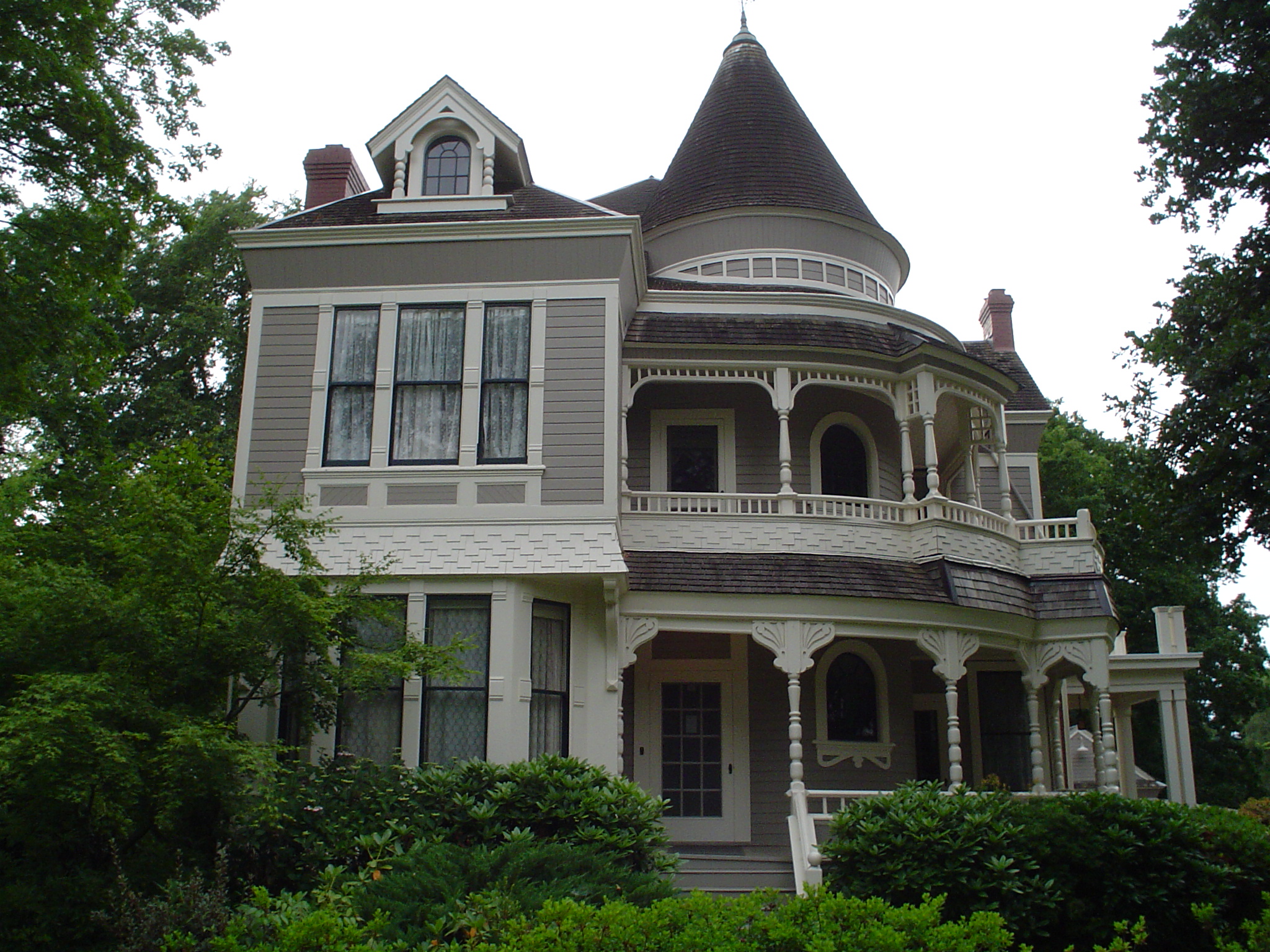|
Erskine, Minnesota
Erskine is a city in Polk County, Minnesota. The population was 403 at the time of the 2020 census. It is part of the Greater Grand Forks region. History Erskine was laid out in 1889, and named for John Quincy Erskine, a Minnesota banker. A post office has been in operation at Erskine since 1889. Geography According to the United States Census Bureau, the city has an area of , of which is land and is water. Demographics The population of Erskine was more than 800 in the 1920s. It hovered above 600 until the late 1960s, dipped to 571 (1970) and 585 (1980), and then plunged to 424 (1990), 428 (1995), and 437 (2000). 2010 census As of the census of 2010, there were 503 people, 234 households, and 131 families residing in the city. The population density was . There were 273 housing units at an average density of . The racial makeup of the city was 94.8% White, 0.4% African American, 2.2% Native American, 0.2% Asian, and 2.4% from two or more races. Hispanic or Latino of ... [...More Info...] [...Related Items...] OR: [Wikipedia] [Google] [Baidu] |
City
A city is a human settlement of notable size.Goodall, B. (1987) ''The Penguin Dictionary of Human Geography''. London: Penguin.Kuper, A. and Kuper, J., eds (1996) ''The Social Science Encyclopedia''. 2nd edition. London: Routledge. It can be defined as a permanent and densely settled place with administratively defined boundaries whose members work primarily on non-agricultural tasks. Cities generally have extensive systems for housing, transportation, sanitation, utilities, land use, production of goods, and communication. Their density facilitates interaction between people, government organisations and businesses, sometimes benefiting different parties in the process, such as improving efficiency of goods and service distribution. Historically, city-dwellers have been a small proportion of humanity overall, but following two centuries of unprecedented and rapid urbanization, more than half of the world population now lives in cities, which has had profound consequences for ... [...More Info...] [...Related Items...] OR: [Wikipedia] [Google] [Baidu] |
Native American (U
Native Americans or Native American may refer to: Ethnic groups * Indigenous peoples of the Americas, the pre-Columbian peoples of North and South America and their descendants * Native Americans in the United States * Indigenous peoples in Canada ** First Nations in Canada, Canadian indigenous peoples neither Inuit nor Métis ** Inuit, an indigenous people of the mainland and insular Bering Strait, northern coast, Labrador, Greenland, and Canadian Arctic Archipelago regions ** Métis in Canada, peoples of Canada originating from both indigenous (First Nations or Inuit) and European ancestry * Indigenous peoples of Costa Rica * Indigenous peoples of Mexico * Indigenous peoples of South America ** Indigenous peoples in Argentina ** Indigenous peoples in Bolivia ** Indigenous peoples in Brazil ** Indigenous peoples in Chile ** Indigenous peoples in Colombia ** Indigenous peoples in Ecuador ** Indigenous peoples in Peru ** Indigenous peoples in Suriname ** Indigenous pe ... [...More Info...] [...Related Items...] OR: [Wikipedia] [Google] [Baidu] |
Woodburn, Oregon
Woodburn is a city in Marion County, Oregon, United States. Incorporated in 1889, the community had been platted in 1871 after the arrival of the railroad. The city is located in the northern end of the Willamette Valley between Portland and Salem. Interstate 5 connects it to major cities to the north and south. Oregon routes 211, 214, 219, and 99E also serve the city, as do Union Pacific and Willamette Valley Railway freight rail lines. Woodburn is part of the Salem Metropolitan Statistical Area. With a population of 24,080 at the 2010 census, it is the third-most populous in that metropolitan area after Salem and Keizer. History Originally, the area around Woodburn was inhabited by the Kalapuya Native Americans. After the Provisional Government of Oregon set-up land claims in the Oregon Country, the United States annexed much of the Pacific Northwest and established the Oregon Territory in 1848. Congress passed the Donation Land Claim Act in 1850 and many earlier l ... [...More Info...] [...Related Items...] OR: [Wikipedia] [Google] [Baidu] |
Old Believers
Old Believers or Old Ritualists, ''starovery'' or ''staroobryadtsy'' are Eastern Orthodox Christians who maintain the liturgical and ritual practices of the Russian Orthodox Church as they were before the reforms of Patriarch Nikon of Moscow between 1652 and 1666. Resisting the accommodation of Russian piety to the contemporary forms of Greek Orthodox worship, these Christians were anathematized, together with their ritual, in a Synod of 1666–67, producing a division in Eastern Europe between the Old Believers and those who followed the state church in its condemnation of the Old Rite. Russian speakers refer to the schism itself as '' raskol'' (), etymologically indicating a "cleaving-apart". Introduction In 1652, Patriarch Nikon (1605–1681; patriarch of the Russian Orthodox Church from 1652 to 1658) introduced a number of ritual and textual revisions with the aim of achieving uniformity between the practices of the Russian and Greek Orthodox churches. Nikon, having no ... [...More Info...] [...Related Items...] OR: [Wikipedia] [Google] [Baidu] |
Russian Old Believers
Old Believers or Old Ritualists, ''starovery'' or ''staroobryadtsy'' are Eastern Orthodox Christians who maintain the liturgical and ritual practices of the Russian Orthodox Church as they were before the reforms of Patriarch Nikon of Moscow between 1652 and 1666. Resisting the accommodation of Russian piety to the contemporary forms of Greek Orthodox worship, these Christians were anathematized, together with their ritual, in a Synod of 1666–67, producing a division in Eastern Europe between the Old Believers and those who followed the state church in its condemnation of the Old Rite. Russian speakers refer to the schism itself as ''raskol'' (), etymologically indicating a "cleaving-apart". Introduction In 1652, Patriarch Nikon (1605–1681; patriarch of the Russian Orthodox Church from 1652 to 1658) introduced a number of ritual and textual revisions with the aim of achieving uniformity between the practices of the Russian and Greek Orthodox churches. Nikon, having notice ... [...More Info...] [...Related Items...] OR: [Wikipedia] [Google] [Baidu] |



.jpg)